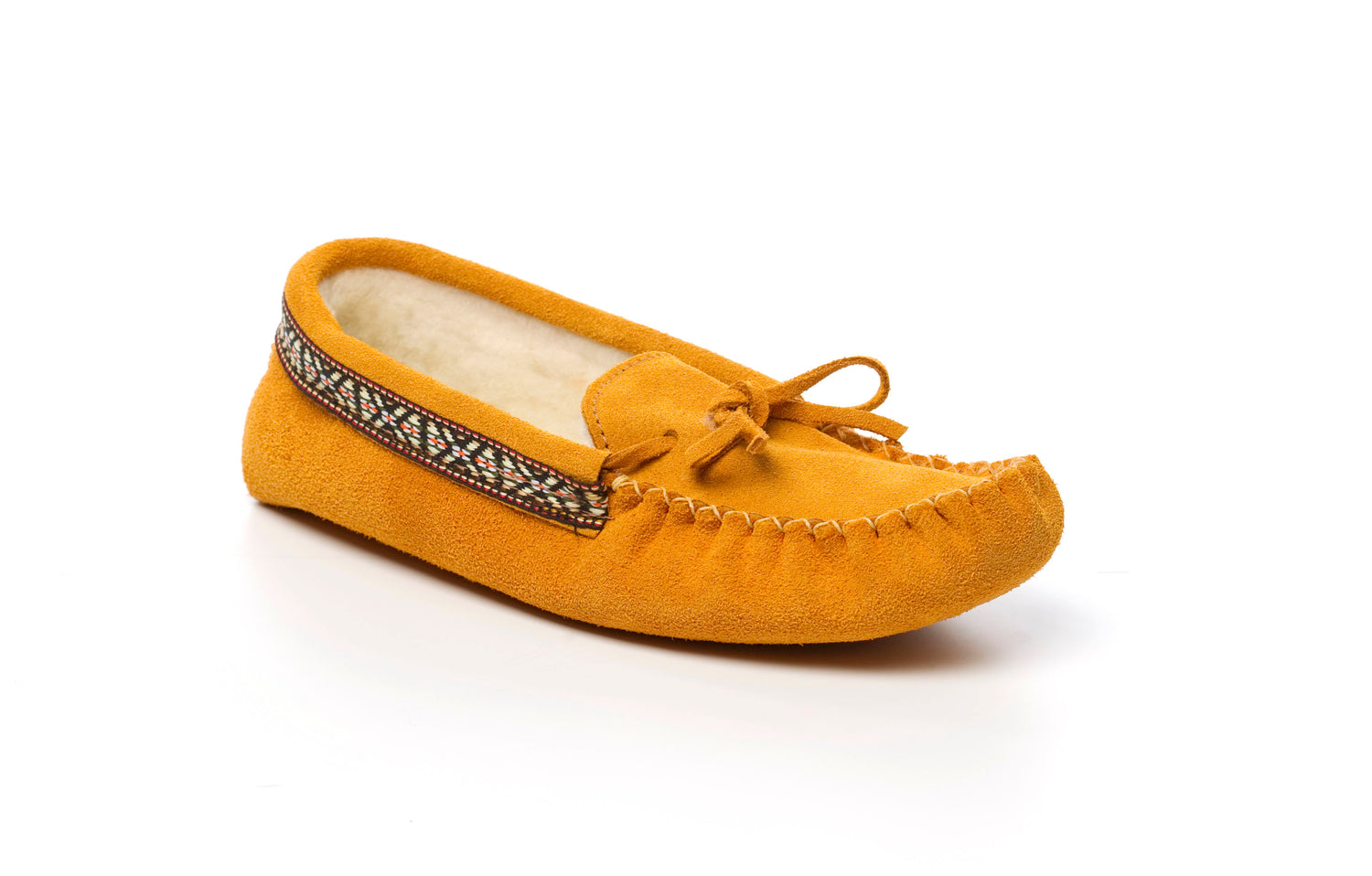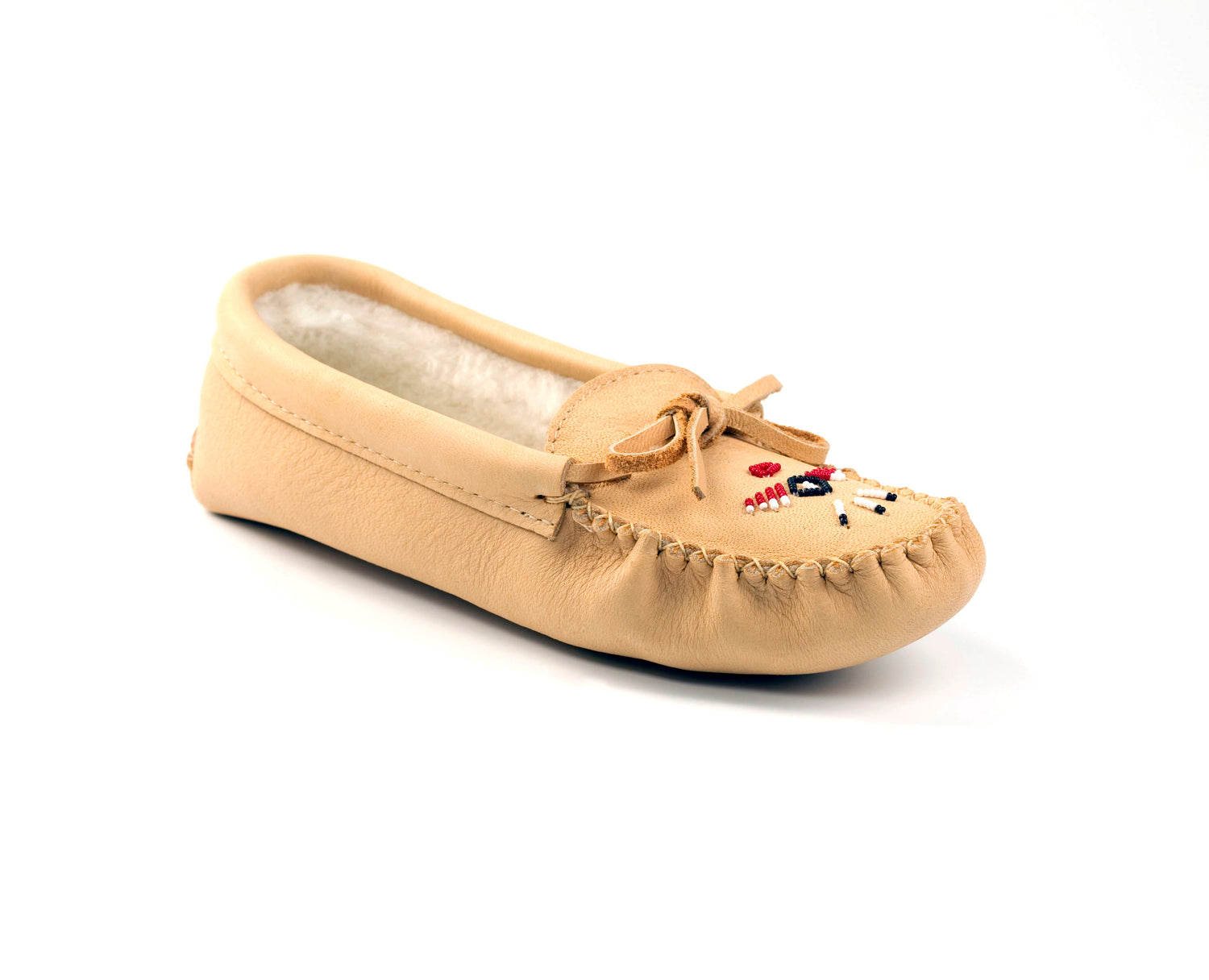
A Legacy of Earth and Art: The Making of First Nations Moccasins
Share

A Legacy of Earth and Art: The Making of First Nations Moccasins
Moccasins, the traditional footwear of Indigenous peoples in North America, are more than just practical items. They are a testament to the ingenuity, artistry, and deep connection to the natural world that has characterized Indigenous cultures for centuries.
A Symphony of Natural Materials
First Nations peoples relied on a variety of materials from the natural world to create their moccasins. These materials were carefully selected for their durability, comfort, and aesthetic appeal. Here are some of the key materials used:
- Animal Hides: Deerskin, elk hide, and moose hide were popular choices due to their strength, flexibility, and warmth. These hides were carefully tanned and prepared to ensure optimal quality.
- Sinew: Obtained from animal tendons, sinew was a strong and durable thread used for stitching the moccasins.
- Vegetation: In some regions, plant fibers like willow bark or cedar roots were used for weaving or binding parts of the moccasin.
The Art of Moccasin Making
The process of creating a moccasin was a skilled and time-consuming task. Here's a general overview:
- Skin Preparation: Animal hides were cleaned, scraped, and tanned to remove hair and moisture.
- Cutting and Shaping: The hide was cut into specific patterns for the upper and sole of the moccasin.
- Sewing: Sinew or plant fibers were used to sew the pieces together, often using intricate stitching techniques.
- Decoration: Beadwork, quillwork, or other decorative elements were added to enhance the moccasins' appearance and cultural significance.
Cultural Significance
Moccasins were not just practical footwear; they also held deep cultural significance. They were often adorned with symbols and designs that represented specific tribes, clans, or individual stories. The style and decoration of a moccasin could convey information about the wearer's social status, spiritual beliefs, and personal identity.
Today, moccasins continue to be a cherished part of Indigenous cultures. They are a symbol of tradition, identity, and connection to the land. By understanding the history and cultural significance of moccasins, we can appreciate the artistry and ingenuity of the people who created them.



